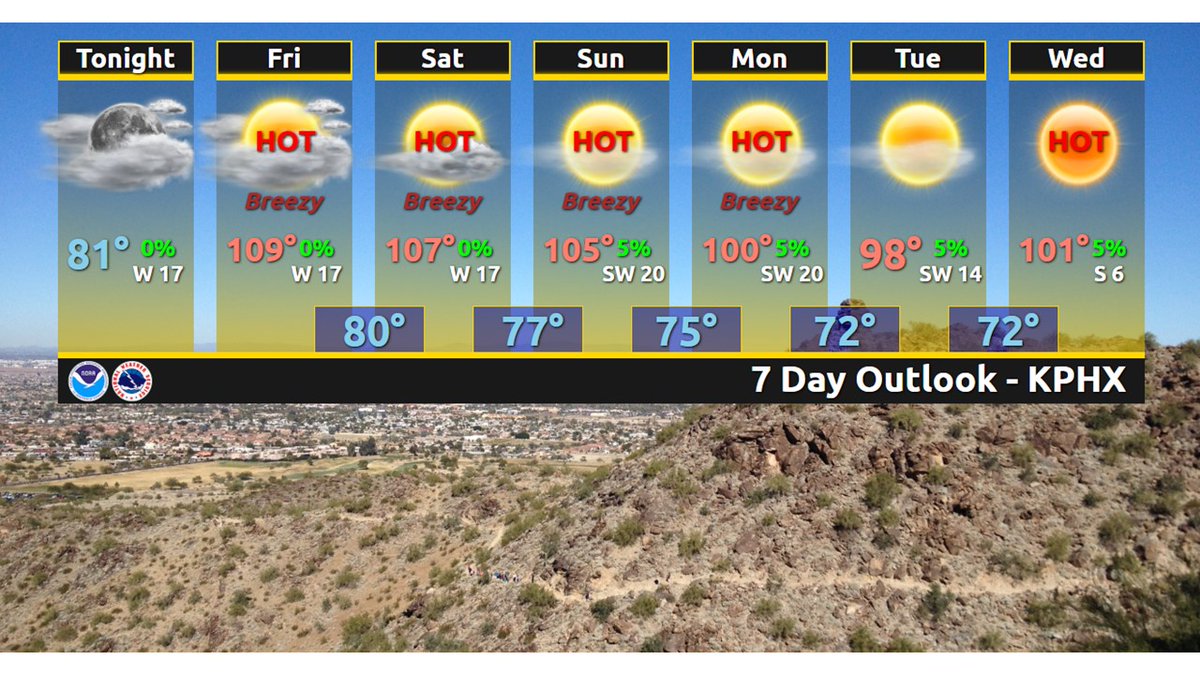



It would appear that December is the worst month with a recorded figure of 14.5 µg/m³ which classifies it as being “Moderate” with figures between 12.1 and 35.4 µg/m³. Looking back at the figures released on the IQAir website, it can be seen that there is only a slight variation in the records. Is the air quality in Phoenix the same throughout the year? 1 These pollution days resulted in Phoenix failing air pollution attainment for ozone and PM2.5. From 2016 to 2018, there was a weighted average of 46.5 days of unhealthy air. Phoenix’s air quality on average is rated an air quality index (AQI) score of less than 50, or “good.” Despite Phoenix's clean air quality on annual and monthly averages, the city still experiences a number of unhealthy ozone and PM2.5 days.
#CURRENT TIME IN PHOENIX WINDOWS#
With a level as low as this, doors and windows can be opened to allow some fresh air inside and all types of outdoor activity can be enjoyed without fear. The numbers are stated in micrograms per cubic metre. The recorded level of the pollutants was as follows: PM2.5 - 5 µg/m³, PM10 - 18.9 µg/m³ and ozone (O 3) - 89 µg/m³. This classification is in line with the recommendation from the World Health Organisation (WHO). In early 2021, Phoenix was enjoying a period of “Good” quality air with a US AQI reading of just 36. Despite its hot desert-like climate, Phoenix had developed an excellent canal and irrigation system which enabled agricultural-based industries to flourish. It is located at the confluence of the Gila and Salt Rivers and was first recognised as a city in 1889. With numbers such as these, it comes as no surprise that it is the fifth most populous city in the entire US and the only state capital with a population in excess of 1 million. In 2019 it had an estimated population of almost 1.7 million people. Phoenix is the capital and most populous city in Arizona.


 0 kommentar(er)
0 kommentar(er)
